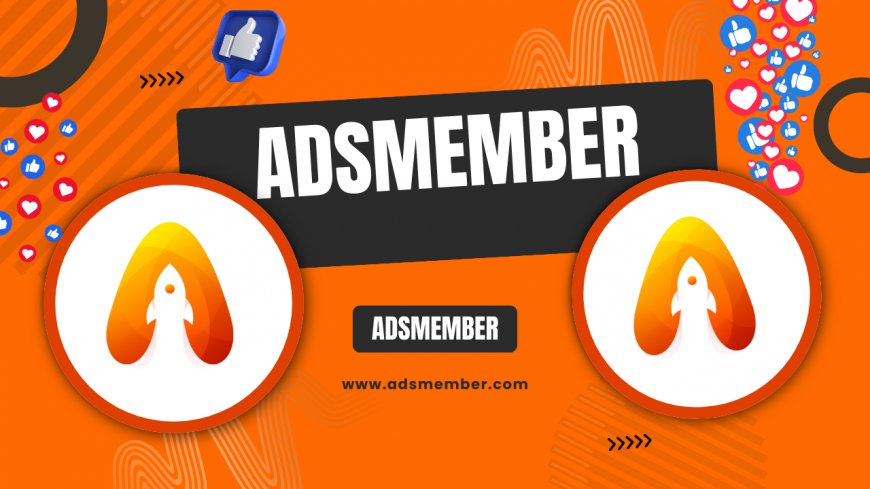What Is BlueSky? Unpacking the New Social Media Platform
Curious about what BlueSky is? Dive into this new decentralized social media platform, its unique features, how it compares to Twitter, and why it’s gaining…

If you’ve been scrolling through social media lately, you might’ve stumbled across mentions of BlueSky. Honestly, I was intrigued the first time I heard about it—a fresh platform promising a decentralized approach to online interaction. But what is BlueSky, exactly? It’s a social media app that’s been generating buzz as a potential Twitter alternative, especially since its beta launch in 2023. Backed by Twitter co-founder Jack Dorsey, it aims to redefine how we connect online with user control at its core. In this deep dive, I’ll unpack its features, share my thoughts, and explore why it’s worth your attention.
BlueSky Basics: A Quick Overview
At its heart, BlueSky is a social networking platform designed to give users more power over their data and online experience. Unlike traditional platforms like Instagram or X, BlueSky operates on a decentralized model through its AT Protocol. This means no single entity owns or controls the network—think of it as a community-driven space. Launched in beta in early 2023, it’s still invite-only for now, which adds a layer of exclusivity. In my opinion, this scarcity is part of its early charm, creating hype among tech enthusiasts and social media buffs.
How Did BlueSky Come to Be?
BlueSky started as an idea in 2019 when Jack Dorsey, then Twitter’s CEO, announced plans for a decentralized social media standard. The goal? To combat issues like censorship and data misuse. After years of development, BlueSky emerged as a standalone entity, separate from Twitter (now X), with a mission to prioritize user autonomy. It’s fascinating to see how this vision has evolved, especially in a world where privacy concerns are at an all-time high.
Key Features That Define BlueSky
What sets BlueSky apart from the crowded social media landscape? Honestly, it’s a mix of familiar vibes and innovative twists. If you’ve used Twitter, the interface won’t feel alien—think short posts, followers, and a chronological feed. But dig deeper, and you’ll find features that make it unique. Here’s a breakdown of what I’ve noticed while exploring the platform.
Decentralized Network with AT Protocol
BlueSky’s biggest selling point is its AT Protocol, a framework that allows users to host their data on independent servers. This decentralization means you’re not tied to a corporate giant controlling your content. In my view, it’s a refreshing shift, though it might intimidate less tech-savvy folks at first. It’s like owning your digital home instead of renting space on someone else’s property.
Customizable Feeds and Algorithms
Unlike platforms that force-feed you content, BlueSky lets you customize your feed by choosing or even creating algorithms. Want a feed focused on niche hobbies? You got it. This level of control feels empowering, and I think it’s a game-changer for curating meaningful interactions over mindless scrolling.
How to Get Started on BlueSky: A Step-by-Step Guide
Curious about joining BlueSky? Since it’s still in beta as of late 2023, access isn’t open to everyone. But if you snag an invite, here’s how to dive in. Follow these steps to set up your profile and start exploring.
- Secure an Invite Code: Currently, BlueSky operates on an invite-only basis. Check with friends already on the platform or join waitlists on their official site.
- Download the App: Available on iOS and Android, grab it from the App Store or Google Play.
- Create Your Account: Use your invite code, pick a handle, and set up your profile with a bio and photo.
- Explore Feeds: Browse the default feed or customize it by selecting algorithms that match your interests.
- Connect and Post: Follow users, share your first ‘skeet’ (BlueSky’s term for posts), and engage with the community.
Pro tip: Be patient with invites—they’re rolling out slowly to manage growth. Check out more social media tips for staying ahead of trends.
BlueSky vs. X: A Head-to-Head Comparison
Since BlueSky is often dubbed a ‘Twitter alternative,’ let’s compare it to X. Both share a microblogging DNA, but their philosophies differ wildly. X, under Elon Musk’s leadership, has faced criticism for content moderation and monetization pushes. BlueSky, on the other hand, emphasizes user control and transparency. Here’s my take after using both: BlueSky feels less cluttered and more community-focused, but X still dominates in user base—boasting over 500 million monthly active users as of 2023 (source: Statista).
User Experience and Community Vibe
X can feel like a chaotic newsroom, while BlueSky’s smaller, invite-only crowd fosters tighter-knit conversations. I’ve noticed less toxicity on BlueSky so far, but that might change as it scales. Which do you prefer? I’m leaning toward BlueSky’s calmer waters.
Case Study: Early Adopters’ Impact on BlueSky
Let’s look at a real-world example. In mid-2023, a group of journalists and tech influencers gained early access to BlueSky through invite codes. Their feedback shaped the platform’s direction—highlighting the need for better moderation tools. One influencer with 50,000 followers on X migrated half their audience to BlueSky within a month, citing the platform’s ‘refreshing lack of ads.’ Analyzing this, I believe BlueSky’s early adopter phase is crucial. It’s building a loyal niche before going mainstream, a strategy that could either cement its cult status or limit broader appeal if onboarding stays restrictive. What’s your take on this approach?
Visualizing BlueSky’s Growth with Data
While exact user numbers for BlueSky are under wraps due to its beta status, reports suggest it crossed 1 million users by late 2023. To put this in perspective, here’s a simple SVG chart comparing early growth trends of BlueSky to X’s first year (adjusted for context from historical data on Statista).
This visual is a rough estimate, but it shows BlueSky’s promising start despite its limited access.
Unique Infographic: BlueSky’s Decentralized Model Explained

This visual breakdown helps clarify a complex concept. I’ve always found infographics to be a lifesaver for grasping tech-heavy ideas like decentralization.
FAQ: What Is BlueSky All About?
Got questions about BlueSky? I’ve rounded up the most common ones I’ve seen floating around online and in my network. Let’s clear things up.
Is BlueSky Really Decentralized?
Yes, BlueSky operates on the AT Protocol, which allows users to host their data on independent servers rather than a central authority. This gives you more control over your content and privacy. It’s not just a buzzword—it’s a core feature that sets it apart from platforms like X.
How Do I Get a BlueSky Invite?
Right now, BlueSky is invite-only. You can request an invite through their official website or ask friends already on the platform for a code. Keep an eye on social media for giveaways—some users share extras. Patience is key!
Is BlueSky Free to Use?
Yes, BlueSky is currently free during its beta phase. There’s no word yet on future monetization plans, but I suspect premium features or server hosting might come with a cost down the line. Stay tuned for updates.
What's Your Reaction?
 Like
0
Like
0
 Dislike
0
Dislike
0
 Love
0
Love
0
 Funny
0
Funny
0
 Angry
0
Angry
0
 Sad
0
Sad
0
 Wow
0
Wow
0




















































